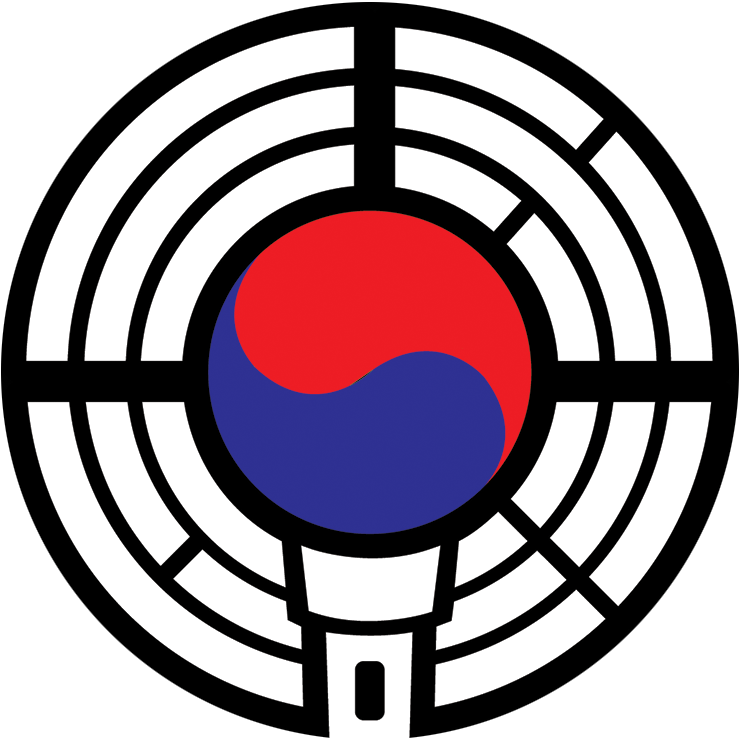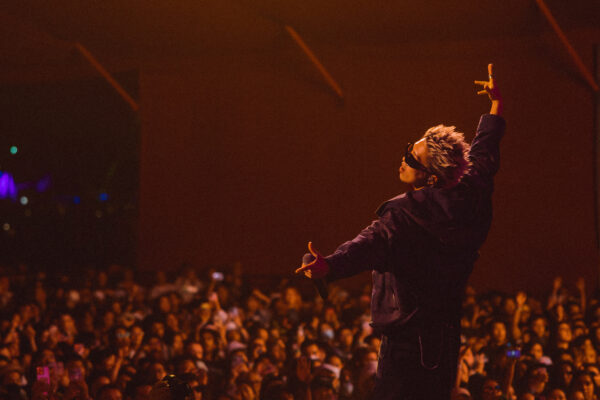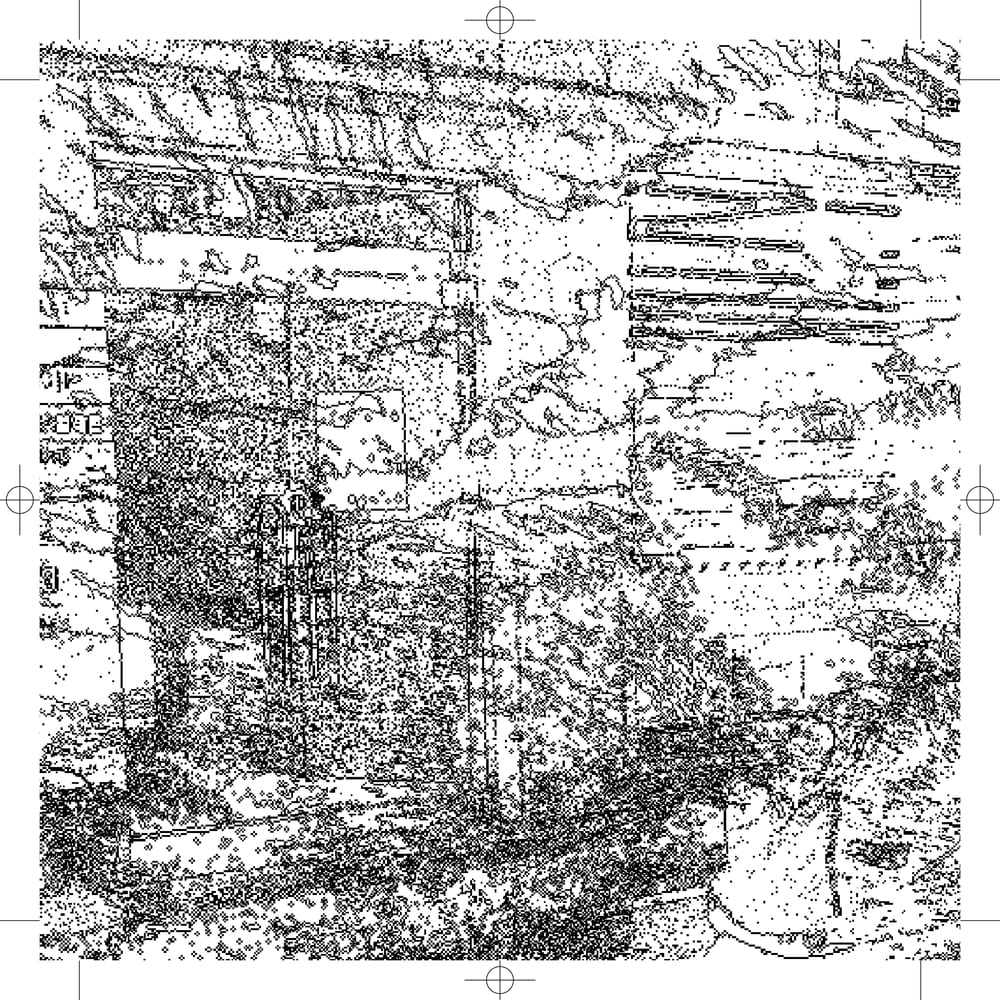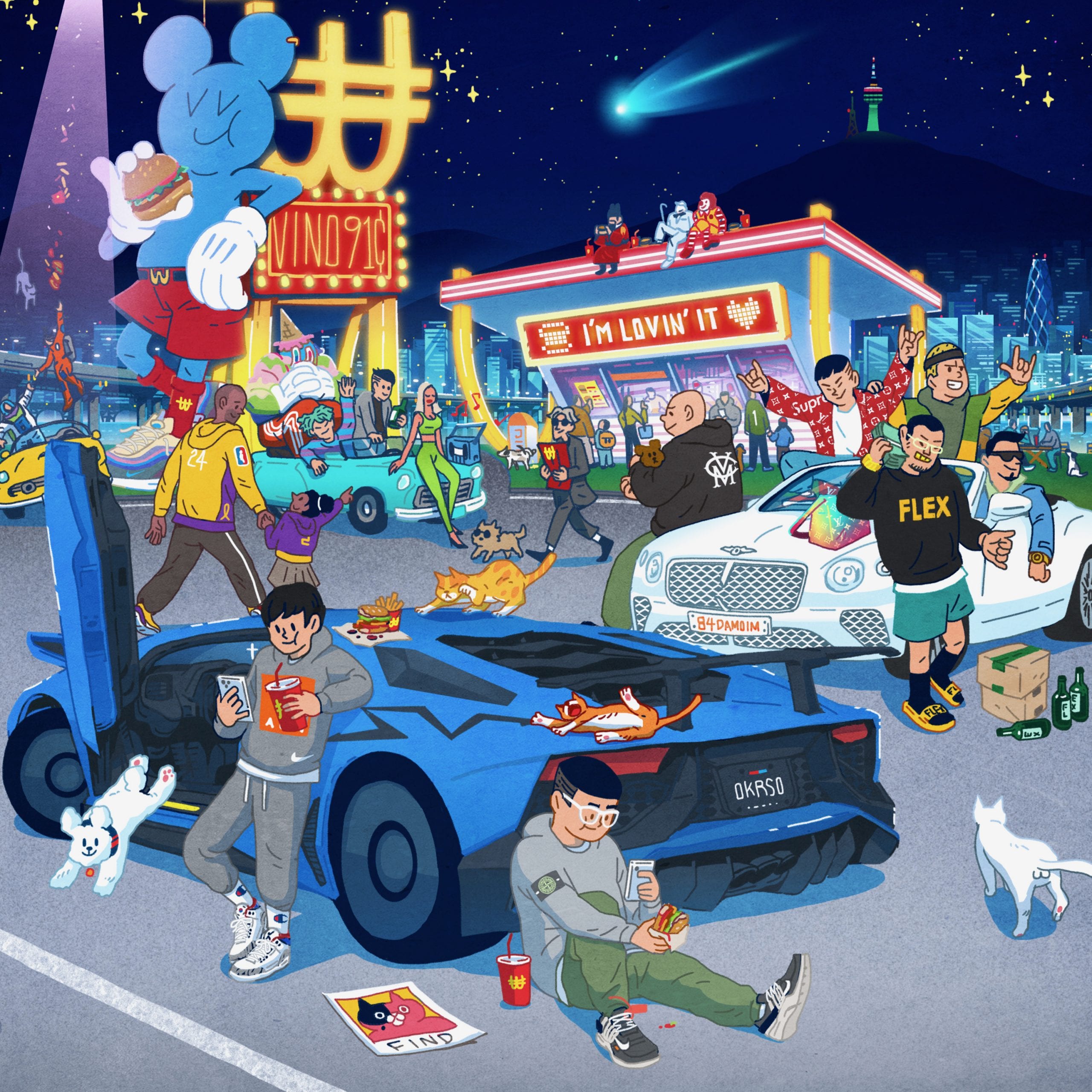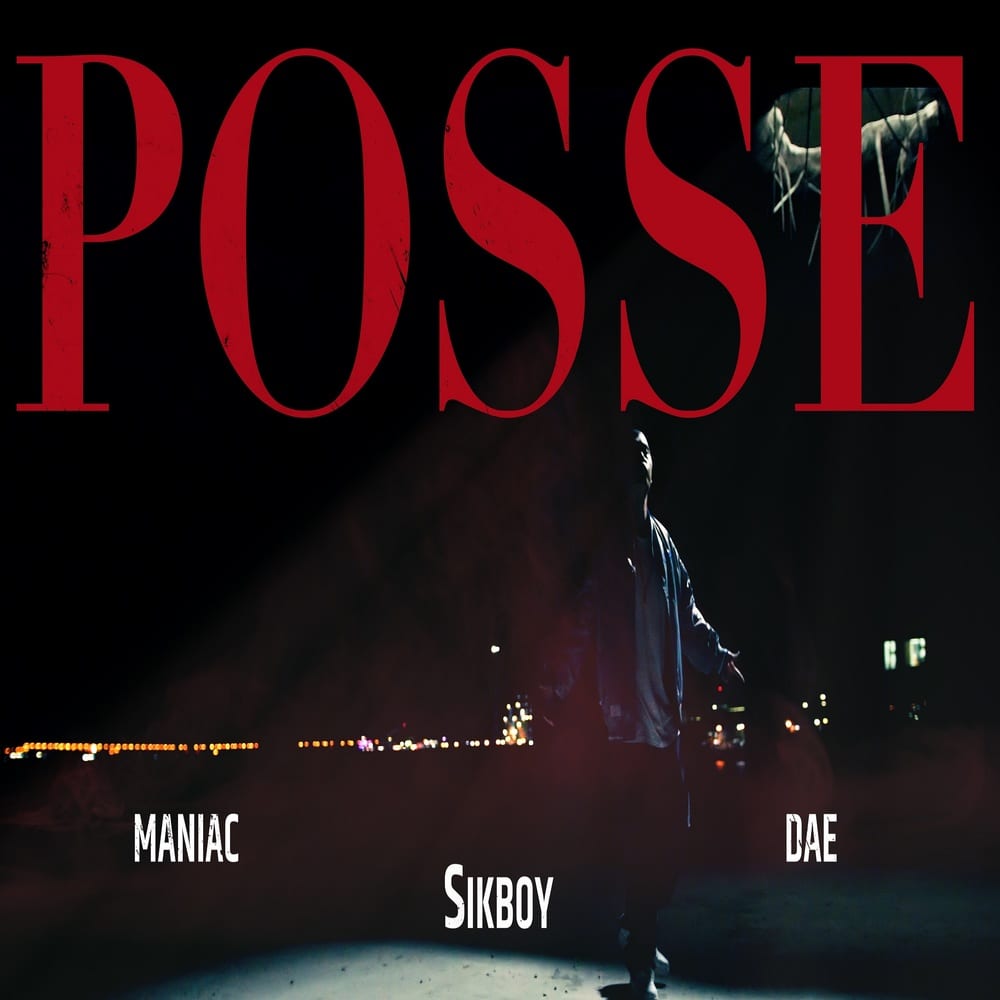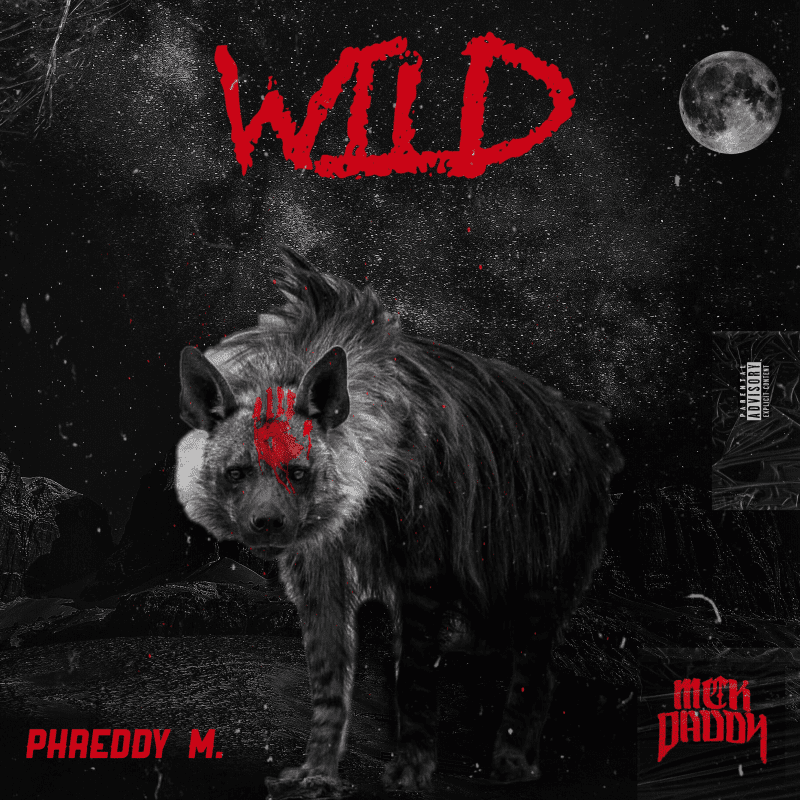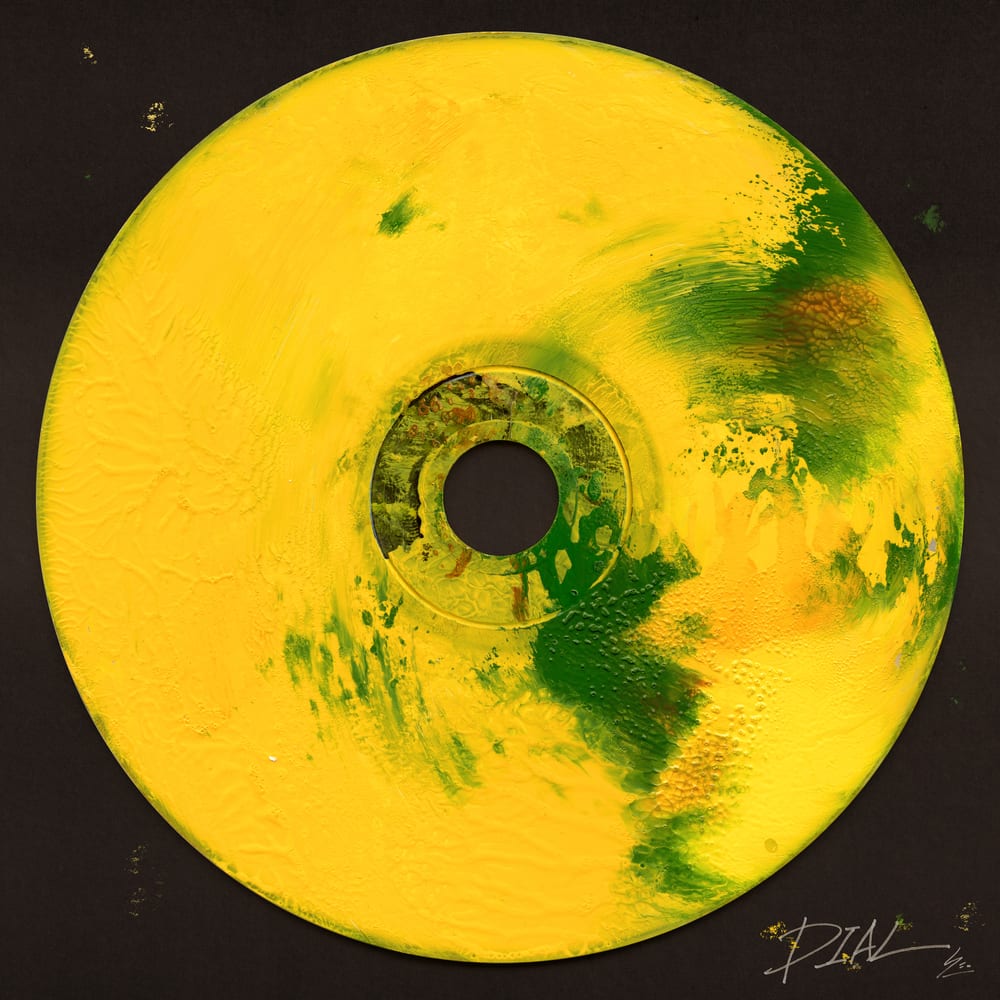I wanted this to be a short-ish review. None of the purple dramatics I tend to engage in when talking about music that really impacts me. But Samuel Seo’s latest release deserves the time to dissect. The second in his UNITY series, UNITY II sees Seo crafting and molding a genre he’s connected with into something viable in the landscape of South Korean music. He has quite literally “created” the neo-soul genre in South Korea
In all my time listening to music from South Korea, I’ve never had to actually just stop everything I’m doing and chastise an artist. Standing stock-still, looking at my phone and shaking my head. “No, he did not!” The first few notes of this album reached out and grabbed my gut. Took me back to 1995, when neo soul didn’t have a title, it was just Maxwell, D’angelo, Erykah Badu, the Roots, and soul. Unwavering, uncompromising soul.
School’s In Session
“One” opens the album with Seo’s falsetto… but it’s so much more than that. If you’ve followed him for some time, the falsetto isn’t the surprising element here. Even fans from ten years ago won’t be able to exactly articulate what it is that hits so different. It’s the way Seo slides into the notes. How when he flings his voice out in that falsetto, his baritone opens its arms and catches it in an embrace. It’s the layers of easy soul, Seo sliding into what we call “the pocket.” His voice moves effortlessly between notes to slot perfectly into place. Creating an aural perfection that’s so satisfying to the ear, the mind at once feels comforted and intellectually engaged. “One” also does the work of setting a very specific tone. From the outset, Seo’s aim and his direction are clear.
The album that follows unfolds Seo’s intention and leads you on the path he’s taken. Neo soul. Pure and simple. Not a tentative step or attempt. Not dressing up in the culture and craft. Seo is out to actually define what the genre means to him and what it means in the grander scheme of Korea’s own R&B evolution.
This is an album that breaks neo soul down and provides a roadmap for future artists to follow, should they want to give the genre a serious try. A master class on its roots and historical significance. Where “One” introduced the topic, “Link” introduces one of the genre’s most prominent features. The “soul” in neo soul. He integrates the rare groove lament that found prominence in the underground clubs of England in the early 1990s. The track has elements of Space Cowboy-era Jamiroquai. Hints of Maxwell’s Urban Hang Suite. Emphasis on rhythm, the blues inherent in the croon of the vocal.
Jazz & Soul
From there Seo explores the other prominent feature of neo soul: jazz. “Pale Blue” tackles the traditional elements of the genre (drum brushes, piano-focused composition, very intentional syncopation) and how they began to rub up against more contemporary genres (bass work indicative of smoother R&B). The genre’s main features fully introduced, UNITY II then goes on to explore neo soul’s origin story. Seo dips into its history of experimentation. How in its first steps it was just a bunch of kids rebelling against the strictures of traditional jazz and soul music while still embracing their raw emotion. “Gone” and “Cycle” lean into the aural specificity of the genre (the play between time signature and cadence, the gospel-laced edge and tightness of harmonies).
The final two songs on UNITY II are a culmination of neo soul’s journey through the ’90s into the early 2000s. When Maxwell and Raphael Saadiq became more experimental and artists like Musiq Soulchild, India.Arie, and Bilal overtook the genre and added elements of folk, acoustic, and rock to the conversation. When European collectives like Jazzanova and 4Hero added deep house for good measure. “Gone” is just Seo and a guitar, an acoustic track with a deeply soulful slant to it. No one would mistake it for anything but soul music. Especially with the way Seo reaches for emotion with his vocal. Simplicity. A theme throughout the album. Nothing insisting. No frills. Just musicians congregating to craft something special.
I’ll just say it. When Samuel Seo and Kim Oki come together, something otherworldly happens. UNITY II closes with “Cloud,” a piece of magic that digs deeper into neo soul’s roots. The drummer’s timing is a love note to various African rhythms that manifested in the clubs and house parties of black music in the 1970s and ’80s. Oki’s improvisation is the very essence of jazz: freedom steeped in enough tradition to know exactly how to shatter the foundations.
Samuel Seo’s Next Level
It’s more than just the composition or the vocals or any other individual element. Seo embraces a sort of calculated subtlety in every aspect of this piece. He allows the vocals to thrive in their environment, sharing space with music that’s not insistent. Music that, in fact, also embraces subtlety instead of overexaggeration or even an arrogant need to announce itself. As far as I know, Seo’s never used background vocalists in his work, something not many artists can claim. So the magic he creates when bringing harmony into the equation adds a layer of richness to the album that even in his discography wasn’t this successful.
There’s a sense of being at home. Being completely comfortable in his skin and his music that pervades UNITY II. He’s managed to take a genre with very specific roots in Black culture from the States and expand it as artists from England, Germany, New Zealand have done. Given South Korea a real home for neo soul. There have been seeds planted in the past. Seo has nurtured the ground, making the soil fertile enough for future artists to grow.
Space
That’s ultimately what this album is about, what it has so much of. Space. The music is so open, each element making room for the other. Each musician manages to contribute their unique voice while still melding so effortlessly. Unity. A oneness between musician and vocalist, vocalist and lyric, lyric and album.
The glue that binds it is that damn voice. Seo has never sounded so pristine, so clean in delivery yet so at ease. His vocal technicality has progressed exponentially from his very first forays into music to this point. Hell, from last year’s The Misfit to UNITY II there’s a dynamic shift in tone, delivery. He embraces the width and depth of his lower register while still maintaining his ability to touch the furthest reaches of his range. But there’s no sense of strain or rush or a need to prove anything. Again, comfortable in his own skin. Seo has reached a point in his vocal dexterity where he’s nestled himself in the conversation of Korea’s most intriguing voices.
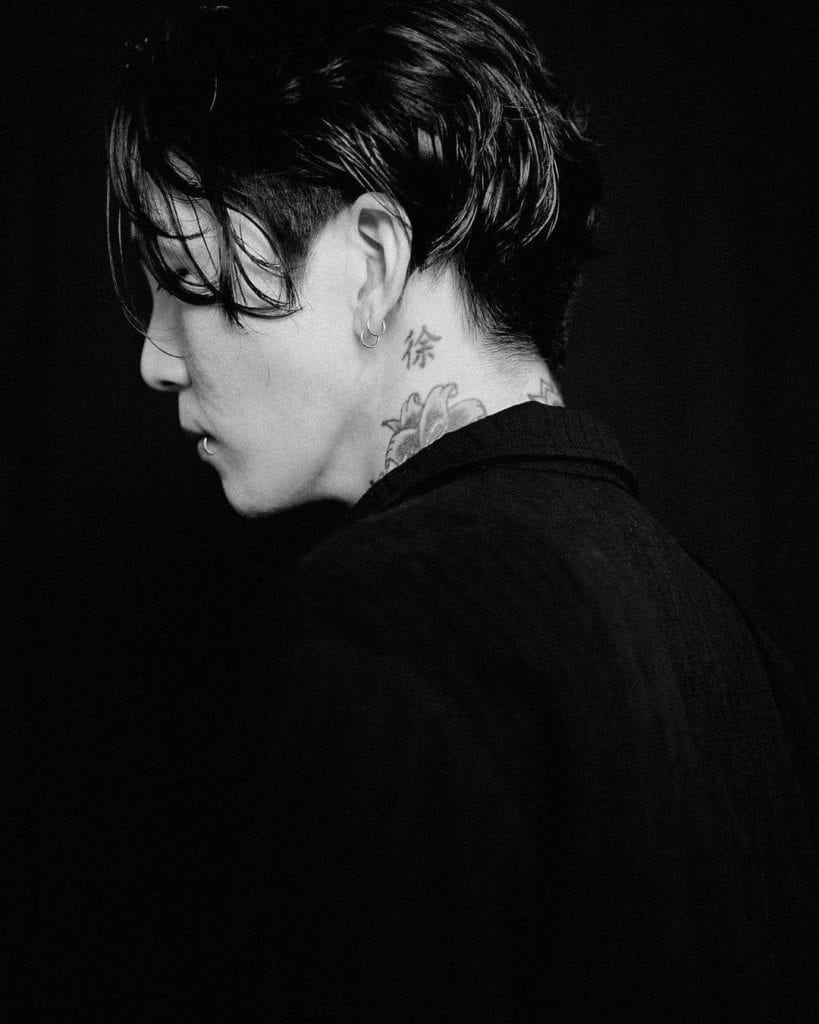
Though there have been several (incredibly successful) attempts and instances of neo soul peppered throughout the last five or six years (Nuz, SOMA, and most notably Crush), nobody has actually brought the full scope and depth of the genre to the forefront like Seo. He’s completely embraced the genre. Digging into its past, exploring its present, opening it up for a promising future. A phrase he’s embraced recently is “wide.” There is incredible width on UNITY II. Enough space for every element to stretch itself to the edges of the album and beyond. Damn, Samuel. How dare you!
